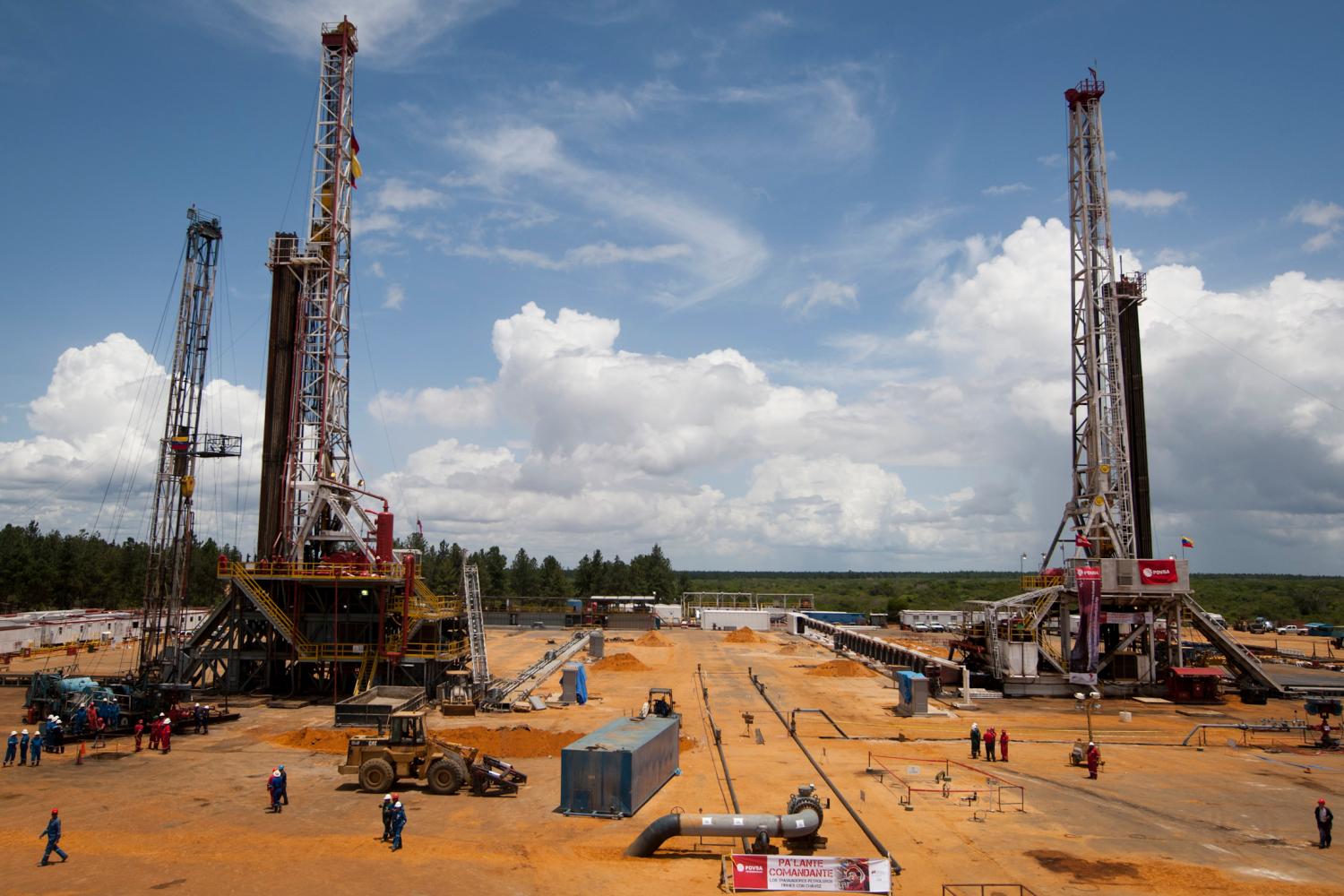
Central America and the Caribbean are potentially great beneficiaries of the energy revolution in the Americas and rapid progress in energy technology. Nevertheless, Central America and the Caribbean have the highest electricity costs within the Western Hemisphere along with the highest dependency on oil as an energy source. These are also the regions with the lowest average GDP per capita in the Americas.
Many countries in the region depend on subsidized financing from Venezuela to pay for oil products through the regional mechanism known as Petrocaribe. Continued Central American and Caribbean dependence on Petrocaribe is not beneficial in the long run as it creates disincentives for the adoption of new technologies and investment in new sources of energy. Additionally, it makes Central American and Caribbean states politically dependent on Venezuela for their energy security and therefore vulnerable to political pressure.
Energy alternatives for Central America and the Caribbean
- New sources of petroleum and petroleum products
- New regional supply arrangement
- Liquefied and compressed natural gas
- Further electric grid integration
- Improved energy efficiency
- Renewable energy sources
In the long run, it makes sense for Central American and the Caribbean states to transition to an energy infrastructure that combines improved efficiency, use of renewable energy sources, and natural gas power generation to reduce demand for oil.
Political and financial obstacles to an energy transition
- Regional disputes
- Regulatory asymmetry
- Meager state regulatory capacity
- Financial disincentives for change
This brief explores the options available for Central American states to begin to break the region’s dependence on oil imports, reduce their vulnerability to external financial and political pressure and transition to a more efficient, sustainable and competitive energy matrix.




